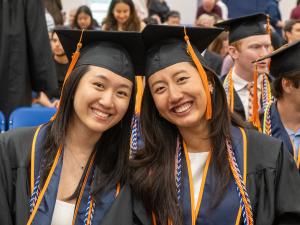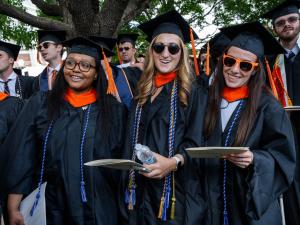News
UVA Engineering's faculty and students work to improve human health and create a sustainable and secure future.
-

UVA Innovation Offers Hope for Safer Brain Lesion Treatment
Read NowUVA biomedical engineer says UVA’s investment in focused ultrasound technology led to a discovery that halts brain lesion growth and redefines noninvasive treatment potential.
-

In Photos: Mechanical and Aerospace Engineering Diploma Ceremony
-

In Photos: Electrical and Computer Engineering Diploma Ceremony
-

In Photos: Systems and Information Engineering Diploma Ceremony
-

In Photos: Materials Science and Engineering Diploma Ceremony
-

In Photos: Civil and Environmental Engineering Diploma Ceremony
-
In Photos: Chemical Engineering Diploma Ceremony
-

In Photos: Biomedical Engineering Diploma Ceremony
-

In Photos: Computer Science Diploma Ceremony
-

In Photos: Final Exercises 2025
-
In Photos: Computer Science Graduate Brunch
-

Student Spotlight: Sophia Bakar
Read NowBakar's journey through UVA Engineering has been marked by her commitment to community building and research.
